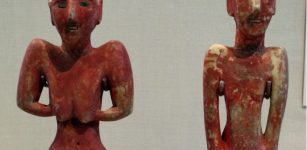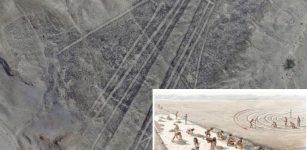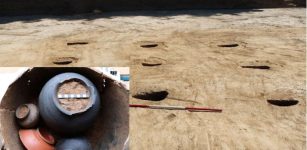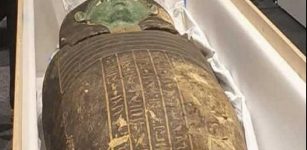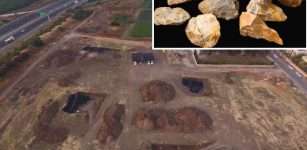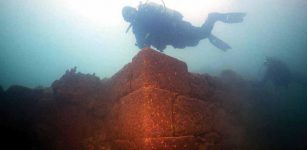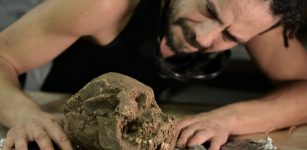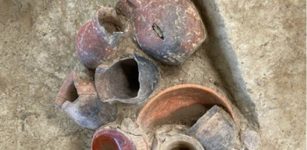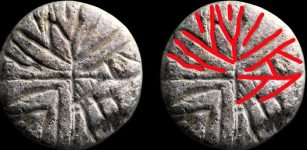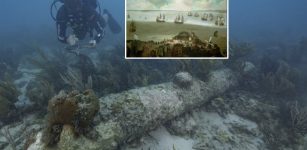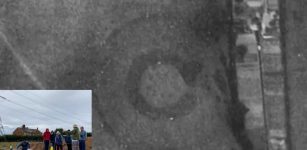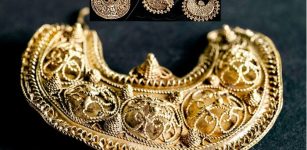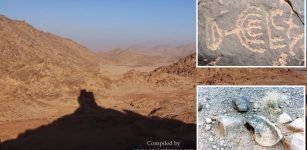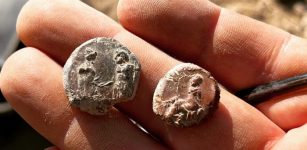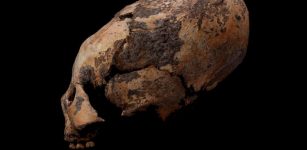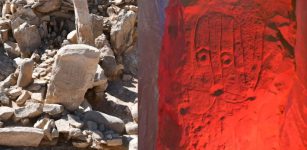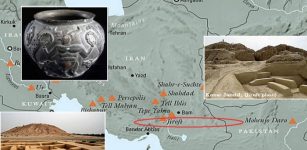Ancient Well At Kerameikos Related To God Apollo And Hydromancy Rituals
AncientPages.com - During the latest excavations at the archaeological site of Kerameikos in Athens, archaeologists of the German Archaeological Institute discovered an ancient well probably used for hydromancy rituals.
This significant and unexpected discovery was made after an inverted marble was removed from the mouth of the well in the sanctuary’s courtyard, south of the famous “burial route.”
On the mouth of the well, it was found an inscription“ΕΛΘΕ ΜΟΙ Ω ΠΑΙΑΝ ΦΕΡΩΝ ΤΟ ΜΑΝΤΕΙΟΝ ΑΛΗΘΕC”. The phrase seems to have been addressed to Apollo, the ancient Greek god of prophecy.
The well was probably used in some kind of hydromancy rituals during the early Roman times.
Kerameikos, was the ancient cemetery of Athens. The cemetery was used as a burial ground since the 12th century BC.
The main path through Kerameikos is the street of tombs, which still has most of the remaining graves and monuments dating back to the 4th century BC.
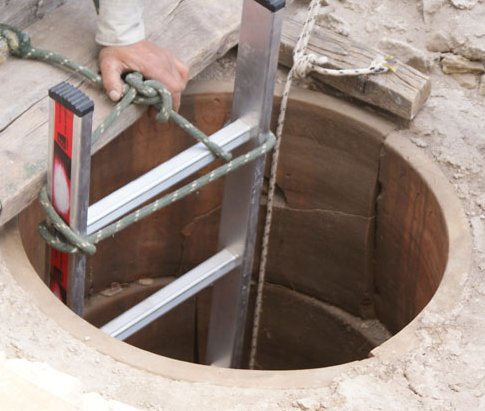
A view of the well mouth discovered at Kerameikos ancient Cemetery, Athens. Photo Credit: Greek Ministry of Culture.
The well is attributed either to ancient goddess of the hunt, forests and hills, the moon and archery, Artemis, or goddess of magic, crossroads, moon, ghosts and necromancy, Hecate.
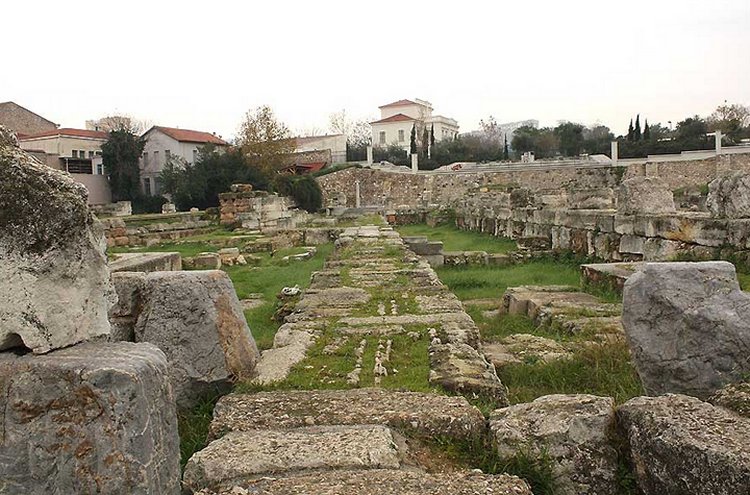
Kerameikos is named after Keramos, son of Dionysios and Ariadne, hero of potters. The area was used continuously for burials from the twelfth century BC for a thousand years.
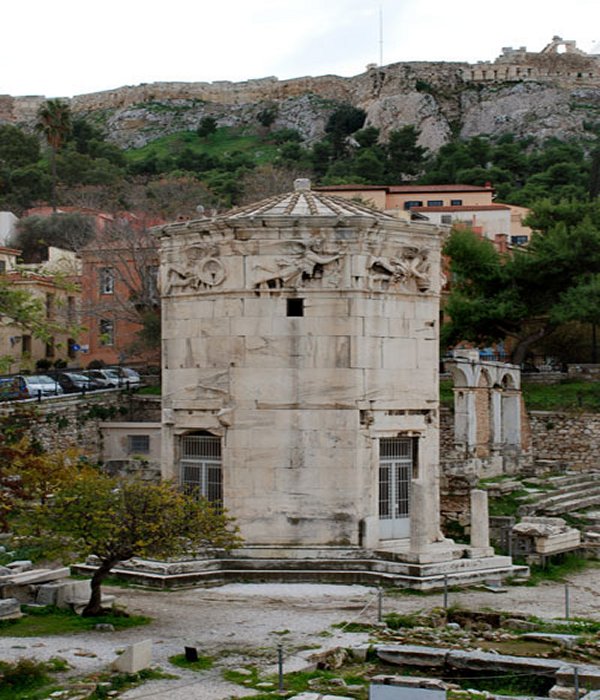
The Horologion of Andronikos Kyrrhestes or Tower of the Winds, where fragments of Christian murals have been found. Photo Credit: Greek Ministry of Culture.
According to a Greek Culture Ministry announcement, the identification of more than 20 inscriptions with relevant content highlights the well’s connection with the sanctuary of Apollo in Athens, confirming the worship of God along with his sister, Artemis.
The excavation was carried out under the direction of Jutta Stroszeck and the supervision of the Ephorate of Antiquities of Athens.
Another significant finding was made at the Roman Agora, in the Horologion of Andronikos Kyrrhestes or 'Tower of the Winds' in particular.
In the 2nd century BC monument, during maintenance works, fragments of murals with Christian content have been revealed for the first time. More accurate dating of the findings will be published by the Ephorate of Antiquities of Athens after they are fully revealed.
AncientPages.com


